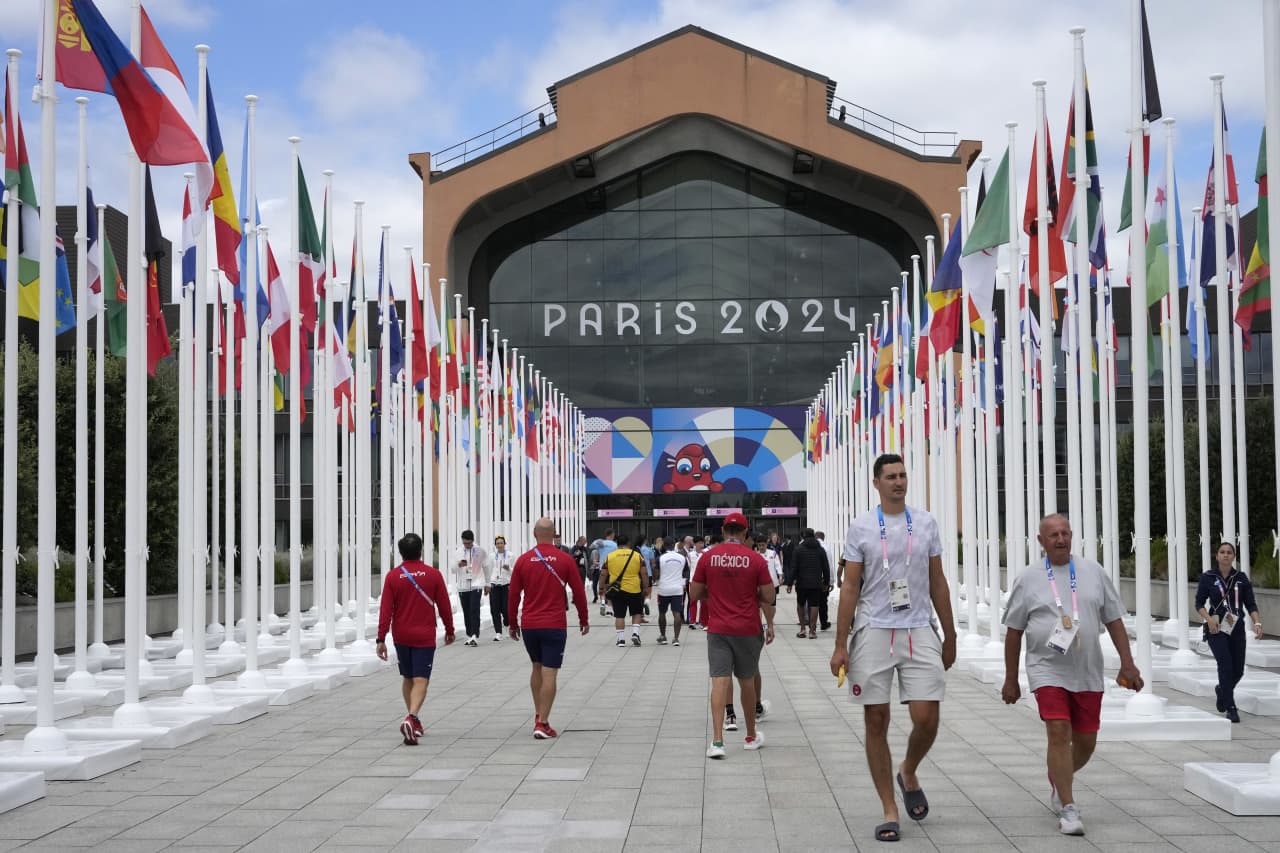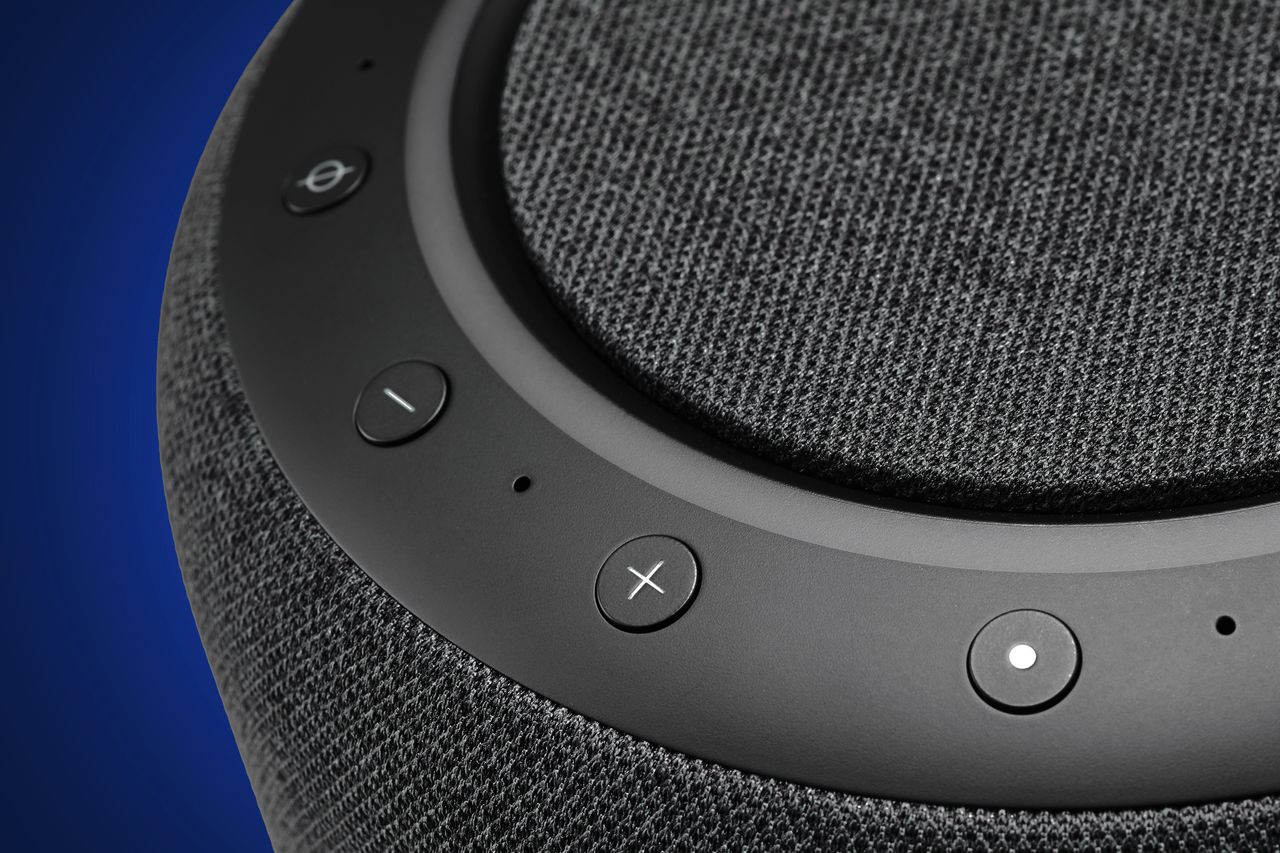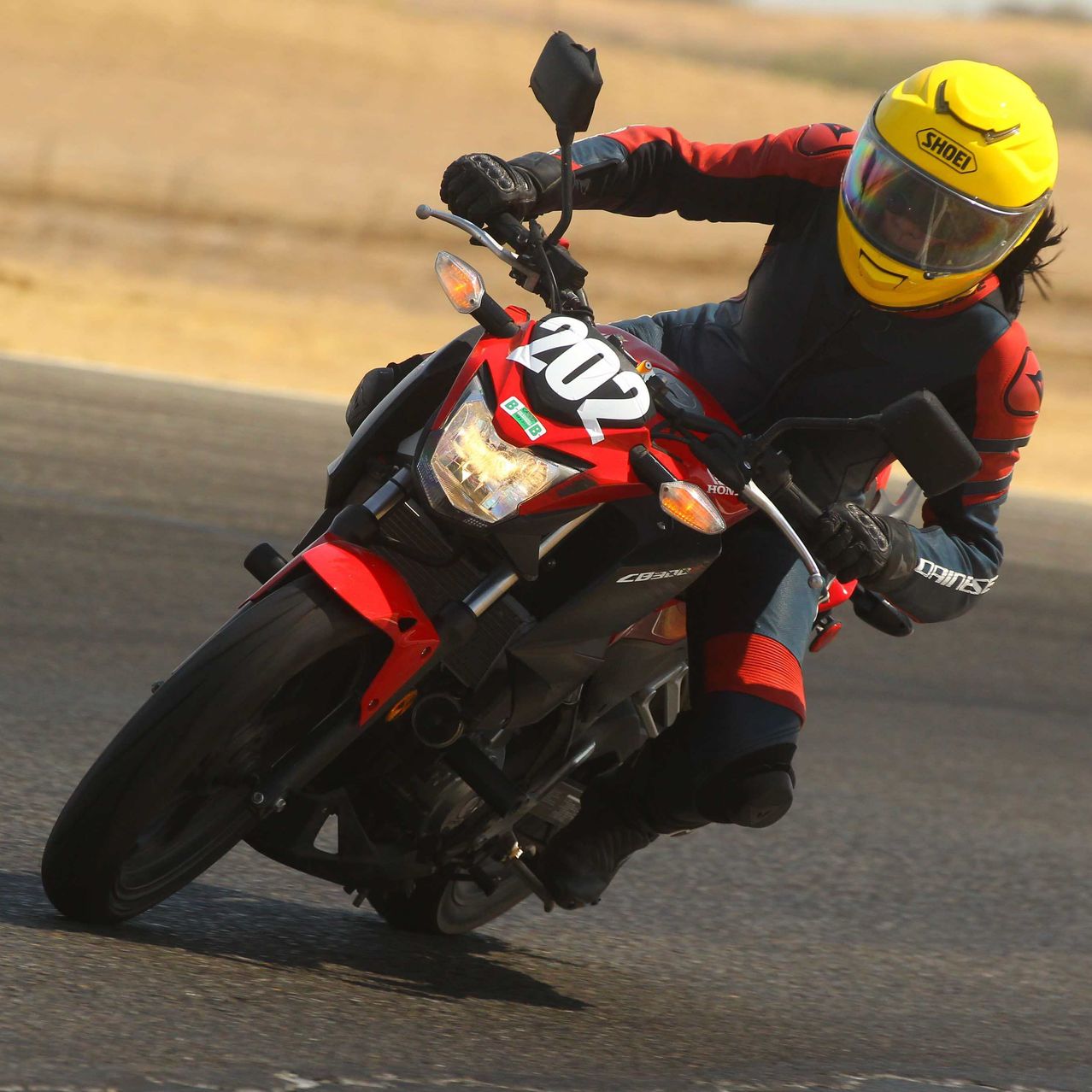As any Porsche lover knows, the automaker produces an electric sports car, the Taycan, which in GT Weissach form (US$231,995) develops 1,019 peak horsepower and takes just 2.1 seconds to reach 60 miles per hour. But what Porsche doesn’t do is produce an electric version of its absolutely iconic 911.
At the moment, that’s a job for the British company Everrati, which installs electric power into examples of the 911 built between 1988 and 1994 (code named 964). Everatti also transforms Land and Range Rovers, as well as classic Mercedes-Benz SLs, and an interpretation of the Ford GT40. The 911s have carbon-fiber body panels for lightness and are built in California through a partnership with Aria. That company creates concept and pre-production vehicles for global automakers.
Everrati’s latest creation is the Porsche 911 Signature Wide Body. With the hard-to-miss ducktail, it resembles a 1980s Porsche Turbo—but handles better. For a price that starts at £290,000 (US$360,467) customers get a car with 500 horsepower and 368.78 pound-feet of torque. The car has a 62-kilowatt-hour battery pack from LG Chem, yielding in this lightweight configuration approximately 200 miles of range. A single motor is connected to a limited-slip differential.
Also available is a Legacy model with 247 horsepower and 228.64 pound-feet. These cars look like earlier 911s (without the wide body and ducktail, for instance) and are built in a time-consuming restoration process. Given the work required, the price is the same as the Signature.
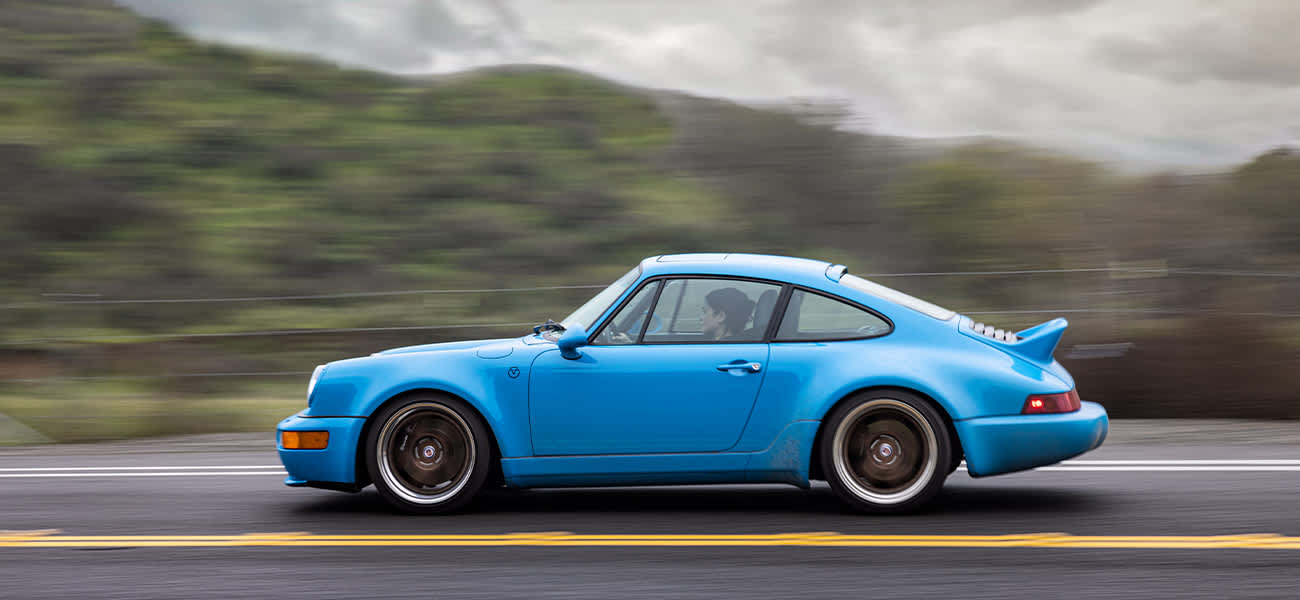
Everrati
Features on the Signature include electronically adjustable suspension, regenerative braking, a “Porsche inspired” five-gauge cluster, and DC fast-charging capability. Everrati is also offering a Signature Gulf Edition of the 911, painted in the iconic blue-and-orange livery of the Gulf racing team (as seen at Le Mans and other venues).
The first Everrati 911 to go to a U.S. customer this month is a Mexico Blue Signature model delivered to California resident Matt Rogers, who co-founded the smart thermostat company that eventually became Google Nest. Rogers said in a statement that his car “captures the zeitgeist perfectly, being sustainable and environmentally conscious while also keeping the character of [Porsche’s] air-cooled era.”
Justin Lunny, Everatti co-founder and CEO, tells Penta that the company “doesn’t ‘convert’ cars to electric; instead, we redefine them as electric vehicles, worrying about such factors as driving feel and weight distribution. We hire very-experienced EV engineers and use the highest level of electric components, such as batteries and motors you would see in EVs from OEM manufacturers such as Rimac or Lotus.”
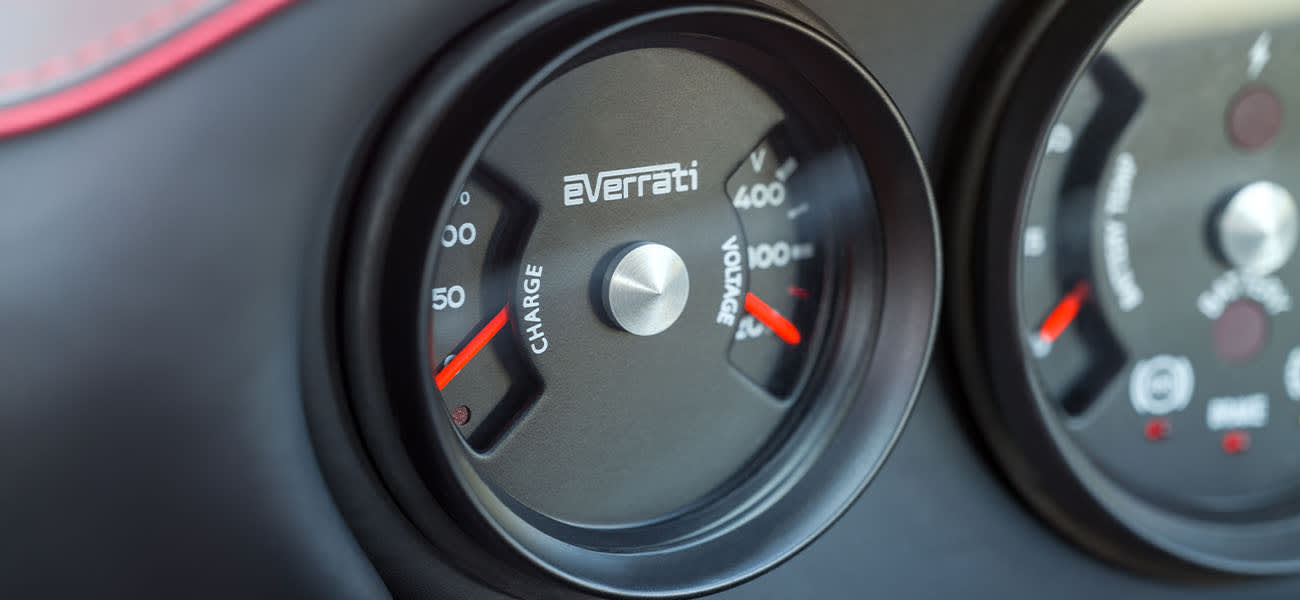
Everrati
Lunny says that Everrati puts motor and batteries in the back, where Porsche located the engine and transmission on its 911s, with more batteries and power electronics up front, where the original gas tank resided.
U.K. customer cars will still make the trek to California. Lunny explains that right-hand-drive 911s are sourced in Britain and shipped to the U.S., where they’re stripped to the chassis and slowly built up with the new carbon-fibre panels. They then go back to the U.K. for finishing.
“EV is not the only answer, but we do believe it will become the predominate powertrain,” Lunny says.
The company concentrates on a few models, but it’s willing to entertain bespoke one-off commissions, such as an electric Lamborghini for a customer in the Middle East. Such projects require a huge engineering commitment, and the resulting vehicle isn’t by any means inexpensive, costing US$500,000 or more. But it will be fully developed as an EV.
Porsche, too, is mostly going electric, with plans to have EVs make up more than 80% of new car sales by 2030. In 2021, more than 40% of the cars delivered in Europe were at least partly electric, either plug-in hybrids or full EVs. The 911 has no plans for full electrification, though a hybrid version appears likely. Lunny himself drives a battery-powered Porsche Taycan.
 Copyright 2020, Dow Jones & Company, Inc. All Rights Reserved Worldwide. LEARN MORE
Copyright 2020, Dow Jones & Company, Inc. All Rights Reserved Worldwide. LEARN MORE
What a quarter-million dollars gets you in the western capital.
Alexandre de Betak and his wife are focusing on their most personal project yet.
As Paris makes its final preparations for the Olympic games, its residents are busy with their own—packing their suitcases, confirming their reservations, and getting out of town.
Worried about the hordes of crowds and overall chaos the Olympics could bring, Parisians are fleeing the city in droves and inundating resort cities around the country. Hotels and holiday rentals in some of France’s most popular vacation destinations—from the French Riviera in the south to the beaches of Normandy in the north—say they are expecting massive crowds this year in advance of the Olympics. The games will run from July 26-Aug. 1.
“It’s already a major holiday season for us, and beyond that, we have the Olympics,” says Stéphane Personeni, general manager of the Lily of the Valley hotel in Saint Tropez. “People began booking early this year.”
Personeni’s hotel typically has no issues filling its rooms each summer—by May of each year, the luxury hotel typically finds itself completely booked out for the months of July and August. But this year, the 53-room hotel began filling up for summer reservations in February.
“We told our regular guests that everything—hotels, apartments, villas—are going to be hard to find this summer,” Personeni says. His neighbours around Saint Tropez say they’re similarly booked up.
As of March, the online marketplace Gens de Confiance (“Trusted People”), saw a 50% increase in reservations from Parisians seeking vacation rentals outside the capital during the Olympics.
Already, August is a popular vacation time for the French. With a minimum of five weeks of vacation mandated by law, many decide to take the entire month off, renting out villas in beachside destinations for longer periods.
But beyond the typical August travel, the Olympics are having a real impact, says Bertille Marchal, a spokesperson for Gens de Confiance.
“We’ve seen nearly three times more reservations for the dates of the Olympics than the following two weeks,” Marchal says. “The increase is definitely linked to the Olympic Games.”

Getty Images
According to the site, the most sought-out vacation destinations are Morbihan and Loire-Atlantique, a seaside region in the northwest; le Var, a coastal area within the southeast of France along the Côte d’Azur; and the island of Corsica in the Mediterranean.
Meanwhile, the Olympics haven’t necessarily been a boon to foreign tourism in the country. Many tourists who might have otherwise come to France are avoiding it this year in favour of other European capitals. In Paris, demand for stays at high-end hotels has collapsed, with bookings down 50% in July compared to last year, according to UMIH Prestige, which represents hotels charging at least €800 ($865) a night for rooms.
Earlier this year, high-end restaurants and concierges said the Olympics might even be an opportunity to score a hard-get-seat at the city’s fine dining.
In the Occitanie region in southwest France, the overall number of reservations this summer hasn’t changed much from last year, says Vincent Gare, president of the regional tourism committee there.
“But looking further at the numbers, we do see an increase in the clientele coming from the Paris region,” Gare told Le Figaro, noting that the increase in reservations has fallen directly on the dates of the Olympic games.
Michel Barré, a retiree living in Paris’s Le Marais neighbourhood, is one of those opting for the beach rather than the opening ceremony. In January, he booked a stay in Normandy for two weeks.
“Even though it’s a major European capital, Paris is still a small city—it’s a massive effort to host all of these events,” Barré says. “The Olympics are going to be a mess.”
More than anything, he just wants some calm after an event-filled summer in Paris, which just before the Olympics experienced the drama of a snap election called by Macron.
“It’s been a hectic summer here,” he says.
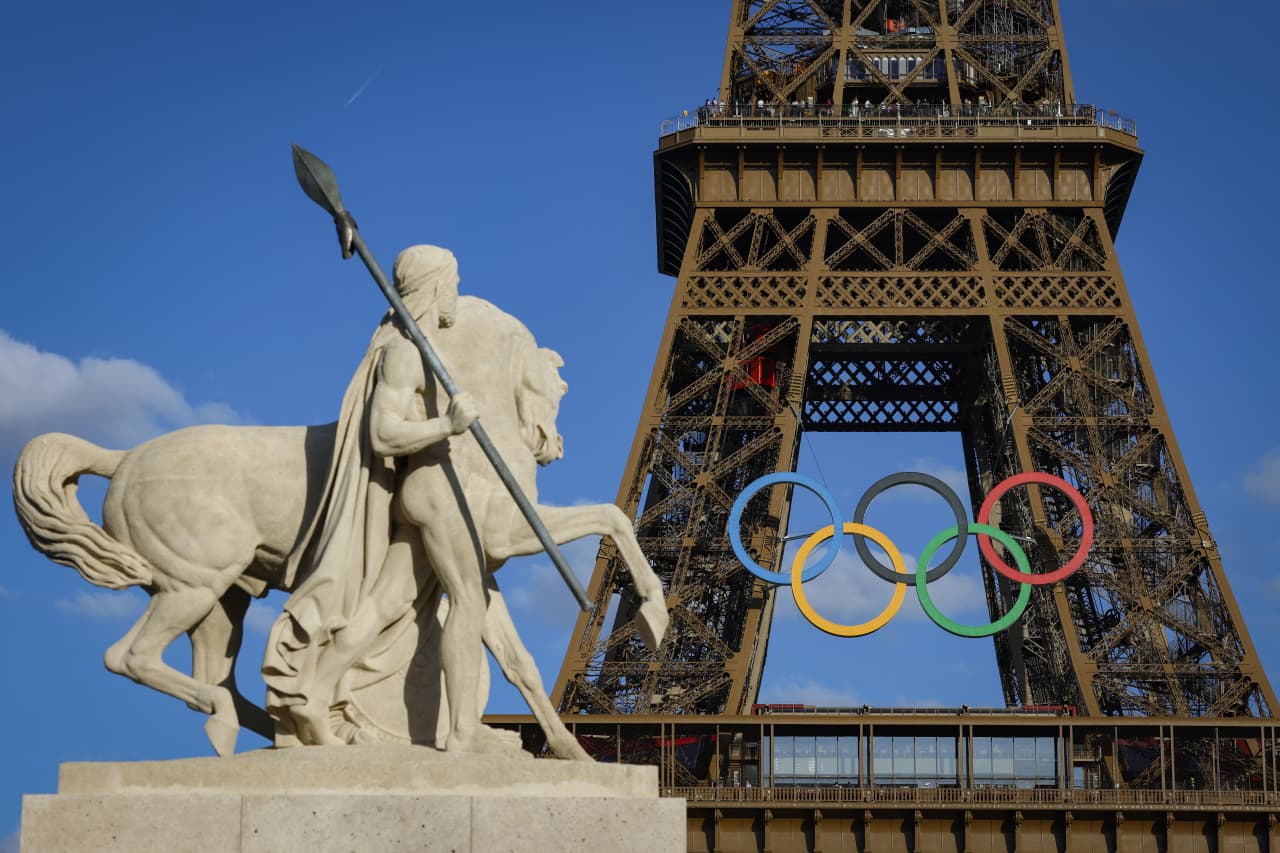
AFP via Getty Images
Parisians—Barré included—feel that the city, by over-catering to its tourists, is driving out many residents.
Parts of the Seine—usually one of the most popular summertime hangout spots —have been closed off for weeks as the city installs bleachers and Olympics signage. In certain neighbourhoods, residents will need to scan a QR code with police to access their own apartments. And from the Olympics to Sept. 8, Paris is nearly doubling the price of transit tickets from €2.15 to €4 per ride.
The city’s clear willingness to capitalise on its tourists has motivated some residents to do the same. In March, the number of active Airbnb listings in Paris reached an all-time high as hosts rushed to list their apartments. Listings grew 40% from the same time last year, according to the company.
With their regular clients taking off, Parisian restaurants and merchants are complaining that business is down.
“Are there any Parisians left in Paris?” Alaine Fontaine, president of the restaurant industry association, told the radio station Franceinfo on Sunday. “For the last three weeks, there haven’t been any here.”
Still, for all the talk of those leaving, there are plenty who have decided to stick around.
Jay Swanson, an American expat and YouTuber, can’t imagine leaving during the Olympics—he secured his tickets to see ping pong and volleyball last year. He’s also less concerned about the crowds and road closures than others, having just put together a series of videos explaining how to navigate Paris during the games.
“It’s been 100 years since the Games came to Paris; when else will we get a chance to host the world like this?” Swanson says. “So many Parisians are leaving and tourism is down, so not only will it be quiet but the only people left will be here for a party.”












